ith a basic understanding of how light and shadow work together and some academic knowledge, you can create the illusion of volume in drawing, painting, or any two-dimensional (2D) medium.

|
| Anatomy of Light & Shadow |
One of the most important skills in creating representational art or realism is developing observational skills, working from life or nature (beyond using a reference photograph).
Practice with an egg or sphere under a single light to simplify the lighting conditions. Multiple light sources or ambient lighting conditions will add more complexity.
Light vs. Dark
When LIGHT hits a sphere in a single-source lighting condition, more than half of the object is light. This region is called the LIGHT SHAPE; the rest, including the shadow underneath, is called the SHADOW SHAPE. It includes the FORM SHADOW (created from the combination of a core shadow and reflected light) and the CAST SHADOW. These two significant regions may be measured to capture or adjust the overall proportions of the object.
Observe each shape by squinting your eyes. This allows a smaller amount of light to flow into your vision, reducing the amount of 'hue' or color you see and helping simplify the shapes. Group the light and dark areas, working from general to specific. The LIGHT SHAPES and DARK SHAPES may be further broken down into smaller shapes as time allows.
Vocabulary
VALUE is the lightness or darkness of a color.

|
| The Vocabulary of Value |
TONE is a single-color or color swatch with an individual combination of color characteristics. Each has a unique combination of hue (color), value (light or dark), intensity (brightness or dullness), and temperature (cool or warm). Note that tone is sometimes defined as any color or hue mixed with gray. In charcoal or pencil drawings, there are only gray tones.
SHADE is created from any tone with the addition of black or dark (in a drawing, it would be a darker mark or darker pencil). TINT is any tone mixed with white (in drawing, it would be the lighter marks or the paper's white).
A GRADATION is a minute change in value over several tones. It allows us to visually sense what we see when LIGHT falls onto a round or curved object, and the surface turns away from the light source. Soft lighting creates a gradual gradation, while harsh lighting creates a dramatic change.
A VALUE SCALE is a tool used to measure a single tone's lightness or darkness. Next to other tones in context, the scale has a TONAL RELATIONSHIP. Each tone relates to another, getting darker or lighter in equal increments. A complex scale may contain as many as nine to eleven distinct tones. Any scale can be simplified into six, five, or even three tones. The LIGHT SHAPE or DARK SHAPE may be simplified using only two tones until the shapes are clearly defined.
 |
| Value Scale in Six Steps |
The Anatomy of Light & Shadow
#1. HIGHLIGHT, also known as 'THE LIGHTEST LIGHT,' is the lightest area of the sphere. The shinier the object, the brighter the highlight will be in relation to the rest of the tones.
#2. MID TONE or AVERAGE TONE is located in between the highlight and halftone. It accents the form of an object, whether it is curved or round.
 |
| TONES: #1 Highlight, #2 Mid Tone, #3 Half Tone, #4 Core Shadow, #5 Reflective Light, #6 Cast Shadow |
#3. HALFTONE or 'LOCAL COLOR' is the darkest tone within the light shape. It is where the light fades into the shadow region and indicates where the object turns away from the light source in 3D space.
#4. CORE SHADOW follows the form of the object and darkens quickly. It is the area where light cannot reach the surface. Shading an area in the middle of an object is counter-intuitive and is the hardest tone for new students to remember to darken.
#5. REFLECTIVE LIGHT is created from the light that bounces or reflects from the surface upon which the object rests. It usually complements the core shadow and rounds off the form. Be careful to not make it too light. Think of the moon compared with the sun. It is always lighter than the core shadow but darker than the entire LIGHT SHAPE.
#6. CAST SHADOW is the shadow that is created by the object itself. It is "cast" underneath or falls behind the object. Cast shadows have three different characteristics than form shadows. 1) Cast shadows are always darker than the form shadows. 2) Cast shadows have harder edges than form shadows. 3) Cast shadows are darker in the area closest to the object that is casting it. Tones become lighter as the shadow moves away from the object.
 |
Light & shadow create complex TONAL RELATIONSHIPS. The secret to maintaining these relationships is to check them against a value scale. You will eventually learn how to CONTROL your tones with some practice and no longer need the scale.
